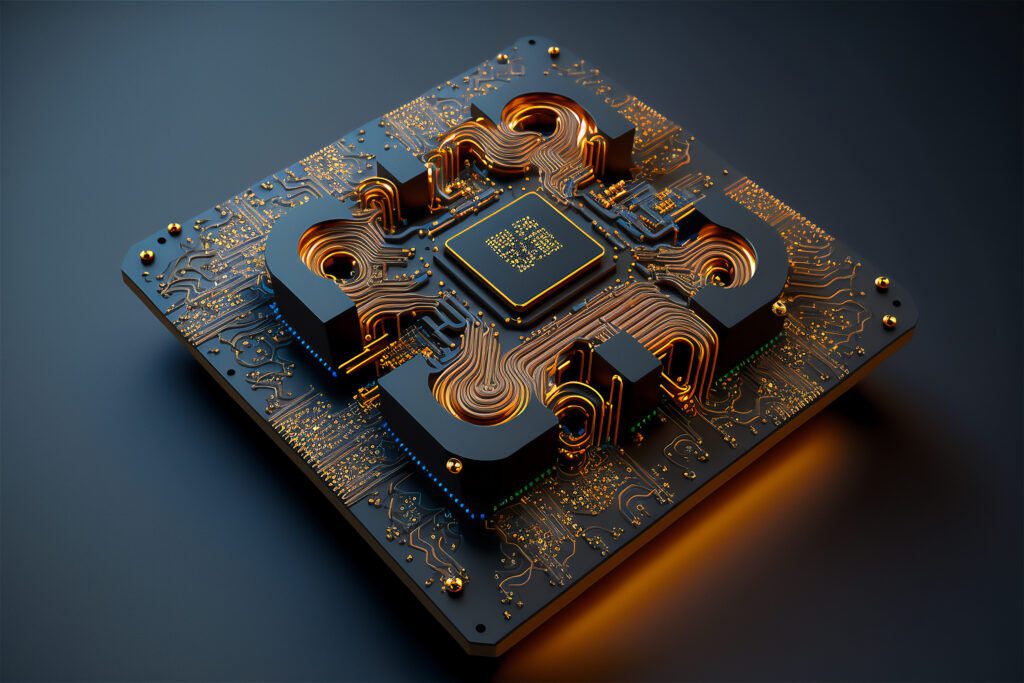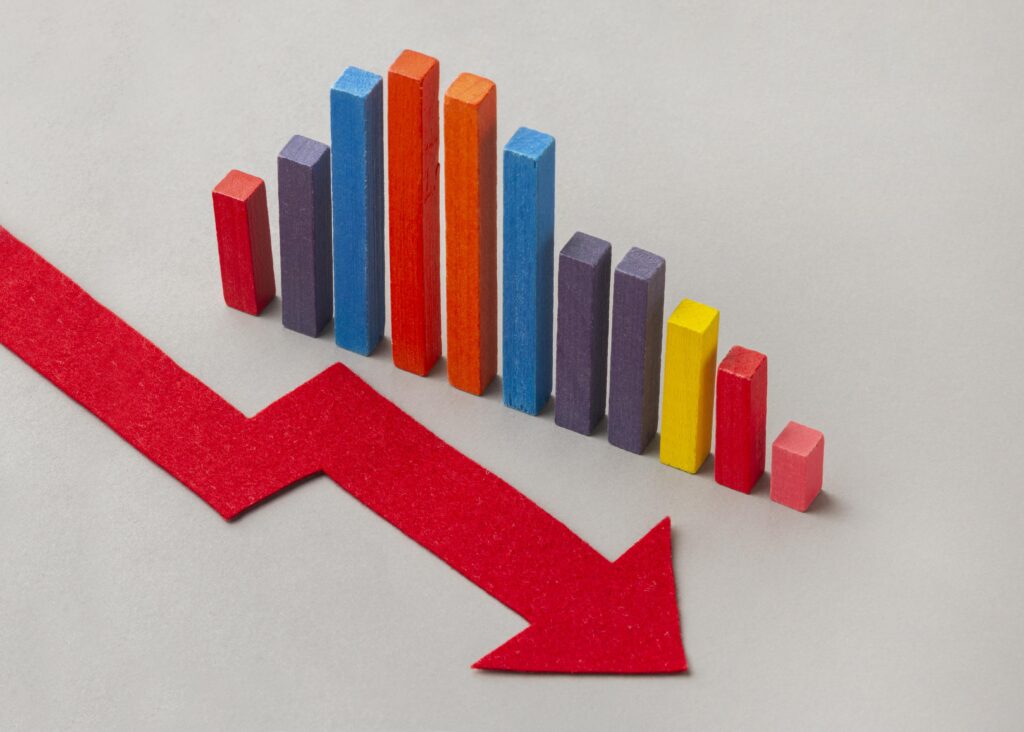Global Semiconductor Market Forecast: Will There Be a Dip in 2023?
Exploring the Projections for the Decline in the Global Semiconductor Market in 2023 The semiconductor industry has been growing at a rapid pace in recent years, but it seems like the market is heading towards a decline in 2023. However, the market may face a potential dip in 2023, according to the latest […]

Exploring the Projections for the Decline in the Global Semiconductor Market in 2023
The semiconductor industry has been growing at a rapid pace in recent years, but it seems like the market is heading towards a decline in 2023.

However, the market may face a potential dip in 2023, according to the latest semi-conductor market forecast by the World Semiconductor Trade Statistics (WSTS).
The industry group has projected that the global semiconductor market will decline by -4.1 percent to $557 billion in 2023, mainly driven by the expected decline in the memory segment.
Factors Contributing to the Projected Dip in the Global Semiconductor Market in 2023
While the semiconductor market is expected to see single-digit growth in 2022, with a total size of $580 billion, up 4.4 percent from the previous year, WSTS has revised its earlier projection of double-digit growth. The decline projected for 2023 could have a significant impact on the industry.
However, there are some positive signs, as certain categories and regions are still expected to see double-digit growth in 2022.For instance, analog, sensors, and logic are expected to see double-digit year-over-year growth in 2022, while memory is projected to decline by 12.6 percent.

Geographically, all regions except for Asia Pacific are expected to show double-digit growth in 2022.
With Asia Pacific projected to decline by 2 percent, and the Americas, Europe, and Japan expected to grow by 17 percent, 12.6 percent, and 10 percent, respectively.
The semiconductor industry has been growing at a rapid pace in recent years, but it seems like the market is heading towards a decline in 2023. According to the World Semiconductor Trade Statistics (WSTS), the global semiconductor market is projected to decrease by -4.1 percent to $557 billion in 2023. This is mainly due to the expected decline in the memory segment.
In 2022, the semiconductor market is expected to see single-digit growth, with a total size of $580 billion, up 4.4 percent from the previous year. WSTS has revised its forecast down from the earlier projection of double-digit growth.
While some categories like analog, sensors, and logic are expected to see double-digit year-over-year growth in 2022, memory is projected to decline by 12.6 percent.
Geographically, all regions except for Asia Pacific are expected to show double-digit growth in 2022. Asia Pacific is projected to decline by 2 percent, while the Americas, Europe, and Japan are expected to grow by 17 percent, 12.6 percent, and 10 percent, respectively.
Trend Force, a Taiwan-based research firm, has predicted that the YoY growth of NAND Flash demand bits will remain under 30 percent from 2022 to 2025, as demand for PC client SSDs slows down.
The global economy’s recent headwinds have caused a demand freeze in the wider consumer electronics market. However, enterprise SSDs are expected to be a major driver of demand bit growth in the future.
TSMC, a leading semiconductor manufacturer, has also made moves in the USA and is now targeting Europe. This expansion could help the company mitigate the impact of the declining semiconductor market in Asia Pacific and increase its market share globally.
The semiconductor market has been growing steadily in recent years, the decline projected for 2023 by WSTS could have a significant impact on the industry. However, the growth of certain categories and regions, as well as the potential for enterprise SSDs and TSMC’s expansion, could offset some of the negative effects of this decline.

